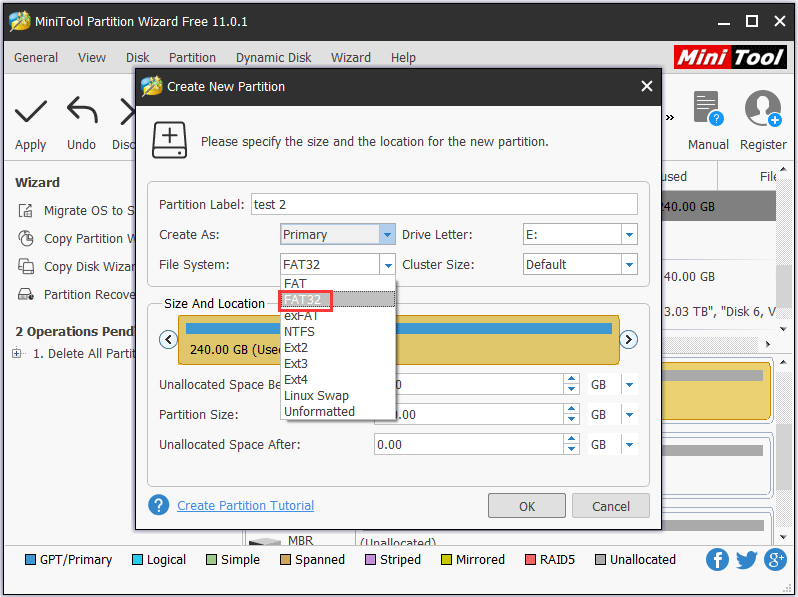

- #Disk formatting software mac mac os#
- #Disk formatting software mac install#
- #Disk formatting software mac Pc#
- #Disk formatting software mac windows#
#Disk formatting software mac windows#
It is currently used for Windows partitions formatted as MS-DOS (FAT) or ExFAT.
#Disk formatting software mac Pc#
Introduced by IBM in 1983 to support the 10MB hard disk, the Master Boot Record is a type of boot sector developed for use with IBM PC systems. While Intel-based Macs generally boot from a GUID Partition Table, they are all able to start the operating system from APM and Master Boot Record (MBR) using the BIOS-Emulation called EFI-CSM. Starting with OS X Tiger, both APM and GUID partitions can be used for accessing volumes, but PowerPC-based Macs can only boot from APM disks. Used on disks formatted for use with 68k and PowerPC Macs, the Apple Partition Map is the scheme that defines how the data is organized. Non-Intel Macs won't support this bootable standard, hence the only option available to them is the Apple Partition Map (APM). As part of the Unified Extensible Firmware Interface (UEFI) standard, GUID is a bootable standard for systems with EFI firmware such as macOS. This is a standard for the layout of the partition table on a storage disk using globally unique identifiers (GUIDs). On every drive there are multiple partitions, and for this you will need a partition table or partition map – maintained by the operating system – to detail the status of the partitions. The fixed-sized subset of a disk drive treated as an individual unit by the operating system (in our case macOS) is defined as a partition. In this article we will explain what a partition scheme is and which one to pick when formatting a drive. You can then right-click in the empty space and select New Simple Volume to create a partition and format it with the Windows NTFS or FAT32 file systems.When you attach a storage disk to a Mac with the purpose of erasing or repartitioning it, you'll be presented with the option of selecting one of the three available partition maps: GUID Partition Map, Master Boot Record, and Apple Partition Map. If you’re lucky, you can just right-click each partition on the Mac drive and select Delete Volume to remove the partitions.

Be sure you’ve identified the Mac drive - if you accidentally delete partitions from another drive, you could damage your Windows installation or lose your files. Locate the Mac drive in the list of disks. This tool allows you to manage the partitions on drives connected to your computer - internal ones or external ones connected via USB.

Press Windows Key + R to open the Run dialog, type diskmgmt.msc into the box, and press Enter to open it. RELATED: Understanding Hard Drive Partitioning with Disk Managementįirst, open the Windows Disk Management tool. You’ll probably want to uninstall Java when you’re done.Įrase the Mac Partitions, Including the EFI System Partition
#Disk formatting software mac install#
HFSExplorer unfortunately requires you install Java to use it, but it’s the only free option here. If you only have Windows systems available, you can use HFSExplorer to copy files from the drive onto your Windows system drive or another drive. If you have a Mac lying around, you can plug the drive into a Mac and back up the files. Instead, we’ll just be wiping the drive and starting over from scratch. This process won’t actually convert the file system. First, back up the data on the Mac-formatted drive if you have anything important on it.


 0 kommentar(er)
0 kommentar(er)
